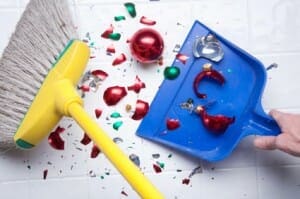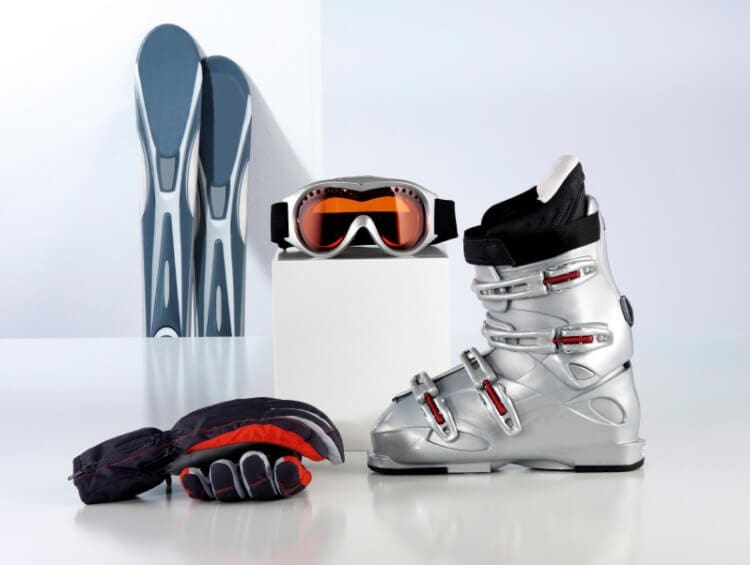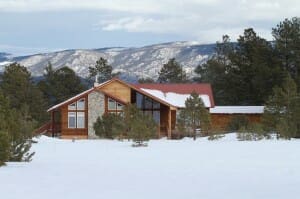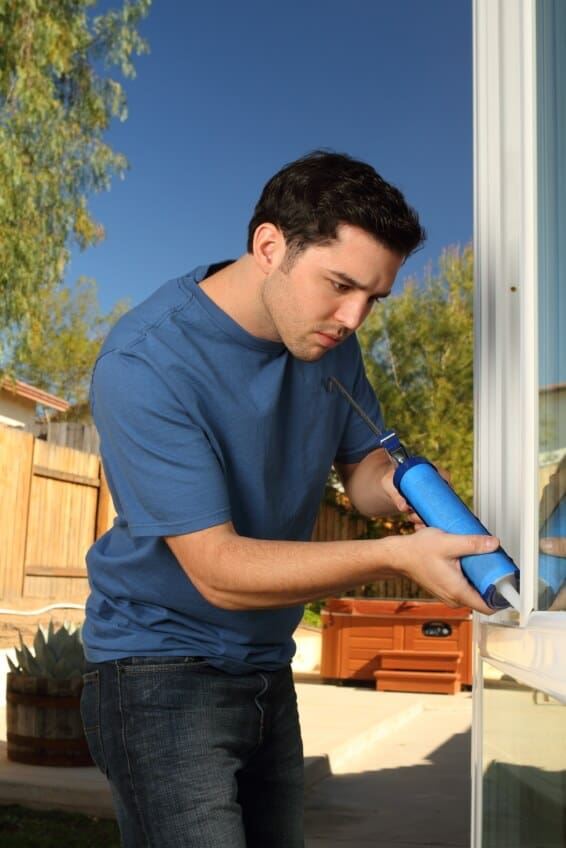
Winter in East Kootenay can mean only one thing: tourism. And many of those out-of-town visitors will be renting guest homes to make the most of the skiing and snowboarding the region has to offer.
If you’ve decided to take the plunge and take on renters in your guest home this season, here are eight tips to ensure you and your guests are a happy as possible.
1. Prepare a “Master List” for Your Guest
Whether your guests are from out of town or from out of the country, chances are they’ll need some time to become accustomed to their new surroundings. You can help them out by preparing a list of important information, like the physical address of the guest house, garbage and recycling pick-up days, emergency contact information and security passwords. For a personal touch, include directions to the local grocery store, hardware store, hair salon and your favourite restaurants and bars. Include any information about rules. Is there a part of the house that’s off-limits? Do the neighbours have a habit of calling in a noise complaint if there’s partying past 11? Now is the time to let your guests know.
2. Prepare a “Master List” for Yourself
Keeping an inventory is
not a sign that you find your guests untrustworthy. Rather, it’s a way to avoid disputes over items that may have been lost, damaged (or yes, stolen) while you’ve been away. Putting together a checklist also ensures that your guests have everything they need to enjoy their stay. Perform a quick inspection of major appliances and furniture in the house and note their condition. If there are valuables in the house, like artwork, make a note of them; anything that’s truly irreplaceable should be taken with you or locked up. Consider taking pictures of the rooms in your house before your guests arrive.
3. Stock your kitchen — but keep it simple
People rarely expect to eat off fine china — especially while they’re on vacation. So feel free to stock your kitchen with lots of inexpensive dinnerware, including all the necessary cooking and baking tools. When it comes to dishes, white is ideal. Unbreakable is even better. (Don’t forget to stock some wine glasses and a decent corkscrew.)
4. Help your guests prepare for their guests
Unless you explicitly say otherwise, you should expect that your guest house will be hosting a large group function at some point in the season. Lots of chairs and/or patio furniture, a large table, extra bed linens and an inflatable mattress will help your guests roll out the welcome mat for visitors.
5. Keep bedrooms clean, bright and white
Sleeping in an unfamiliar setting can be a bit uncomfortable at first. You can help your guests adjust by keeping the tone of your guest bedrooms as neutral as possible — no crazy colour schemes or knickknacks on the night table. Simple white bed linens look clean and can be bleached to maintain their radiance.
6. Help your guests keep the space clean
Let’s face it — messes happen. But if you give your guests the tools they need to clean up after themselves, it’s less likely the damage will be permanent. Stock cleaning supplies like paper towels, all-purpose cleaning spray, air freshener, a vacuum cleaner, mop, dust pan and broom. Put slip covers on your sofas and mattress covers on your bed. Leave plenty of space in closets and cupboards for guests to store their things.
7. Buy a housewarming gift
It doesn’t need to be anything fancy; a basket of festive goodies or a bottle of wine goes a long way toward making your guests feel welcome in their home-away-from-home.
8. Think of the little things
Throw in some board games, movies, toys and sporting equipment to help keep your guests entertained. If your guest house has a BBQ, fill up the propane tank and clean the grill.

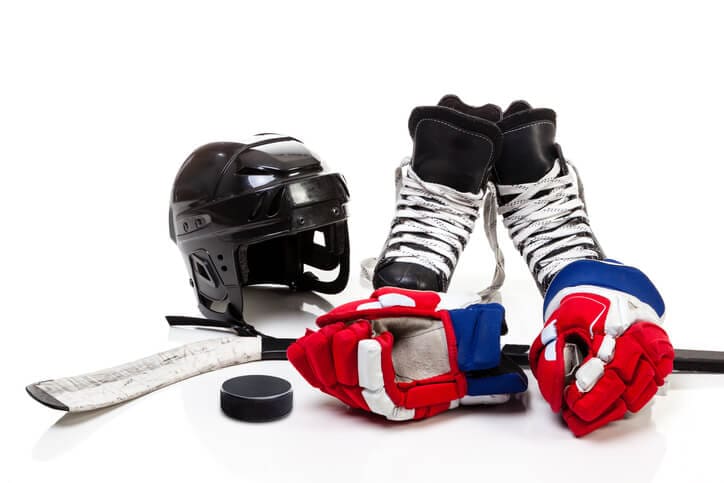 equipment is safe to add right to the washing machine! Both front or top loading machines will do the trick. (make sure you leave enough room for equipment to move once it’s in the machine. A washing machine overfilled will lead to tears in equipment.)
Here is a list of the hockey equipment you CAN and CANNOT wash in the machine.
WASHING MACHINE FRIENDLY
equipment is safe to add right to the washing machine! Both front or top loading machines will do the trick. (make sure you leave enough room for equipment to move once it’s in the machine. A washing machine overfilled will lead to tears in equipment.)
Here is a list of the hockey equipment you CAN and CANNOT wash in the machine.
WASHING MACHINE FRIENDLY



